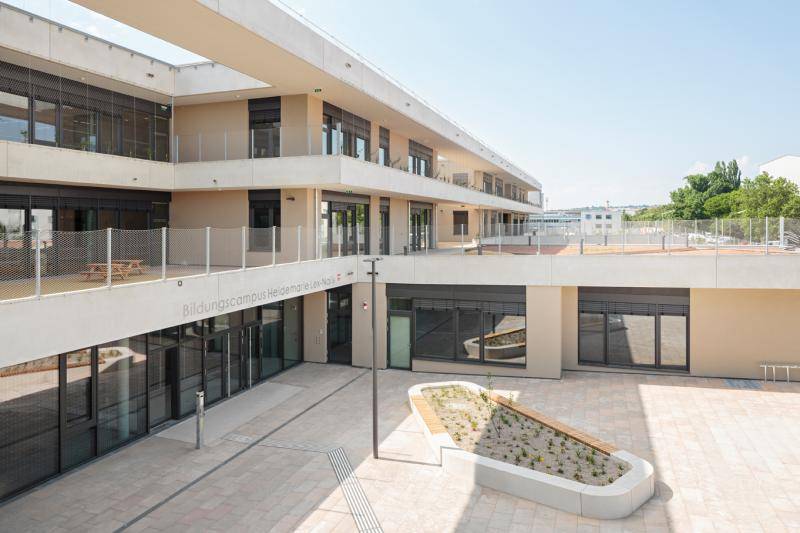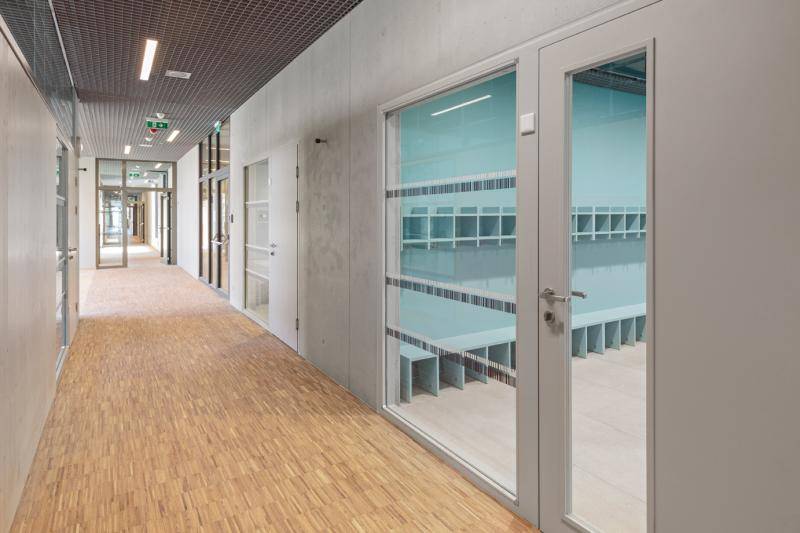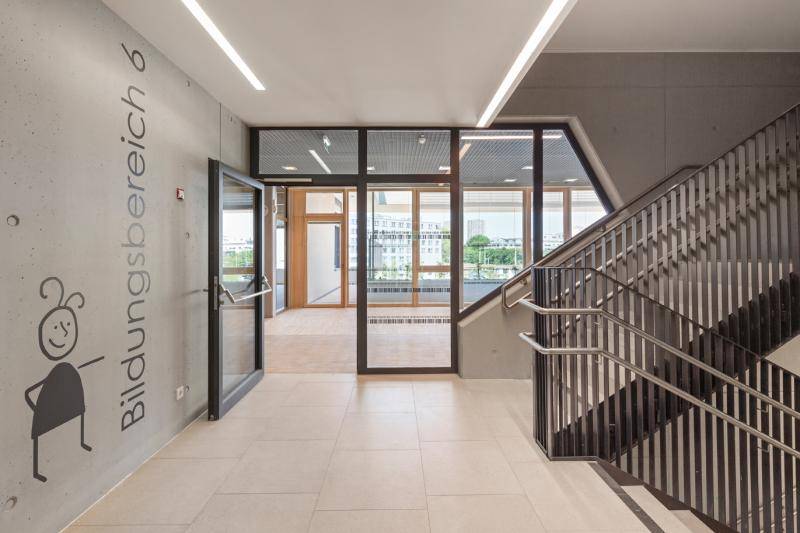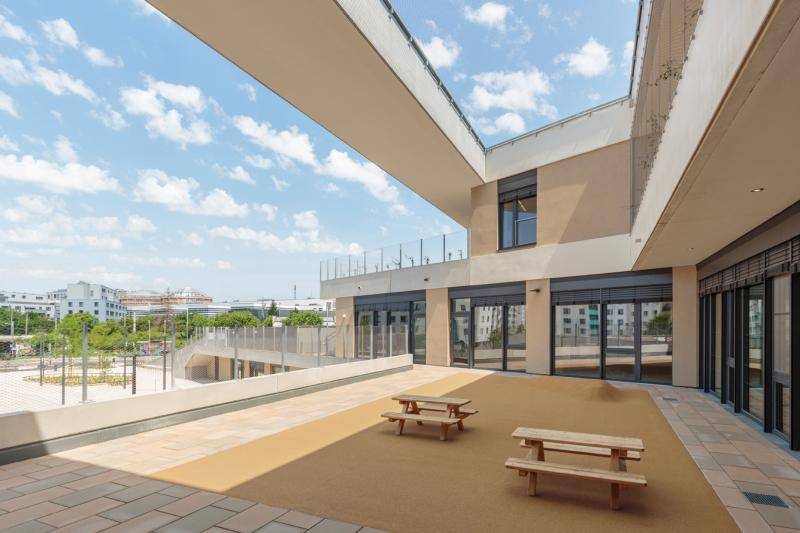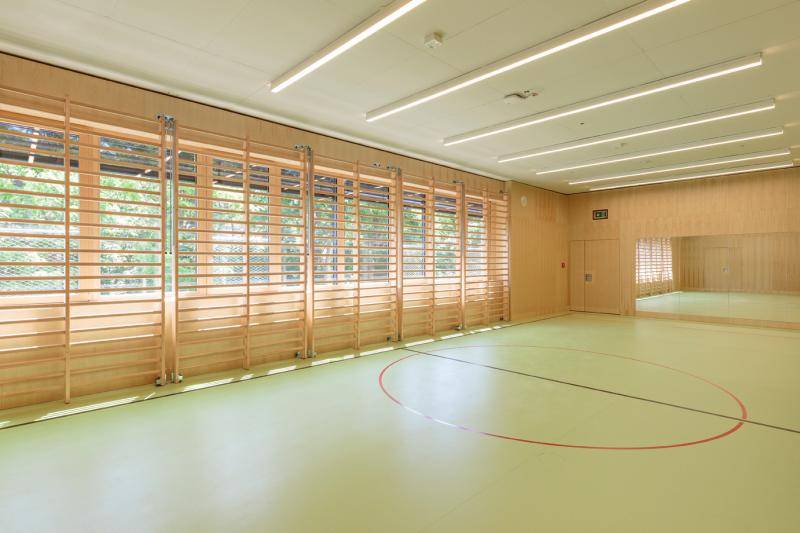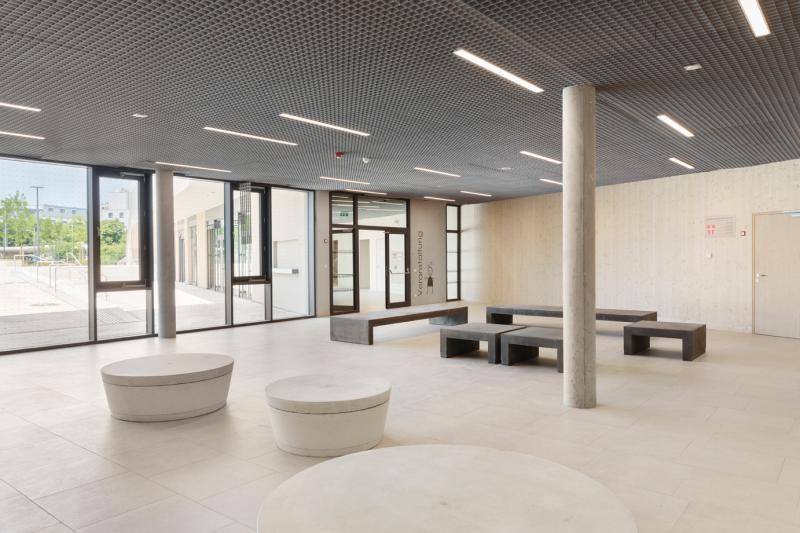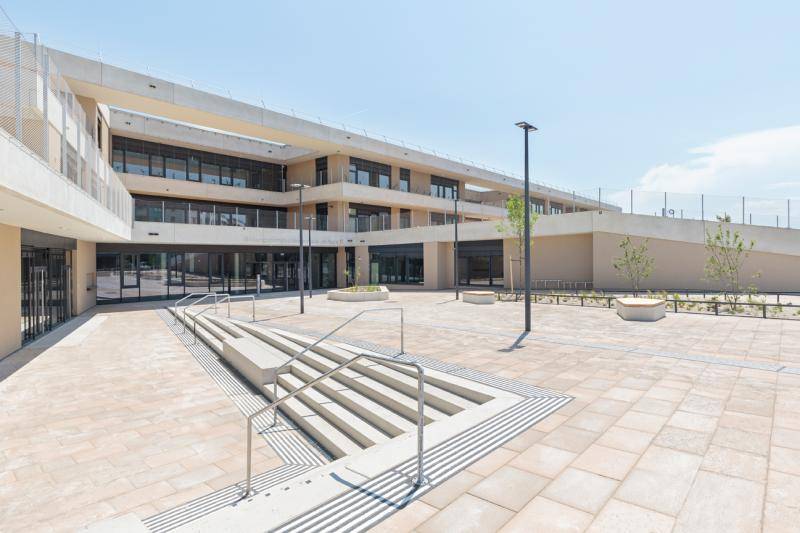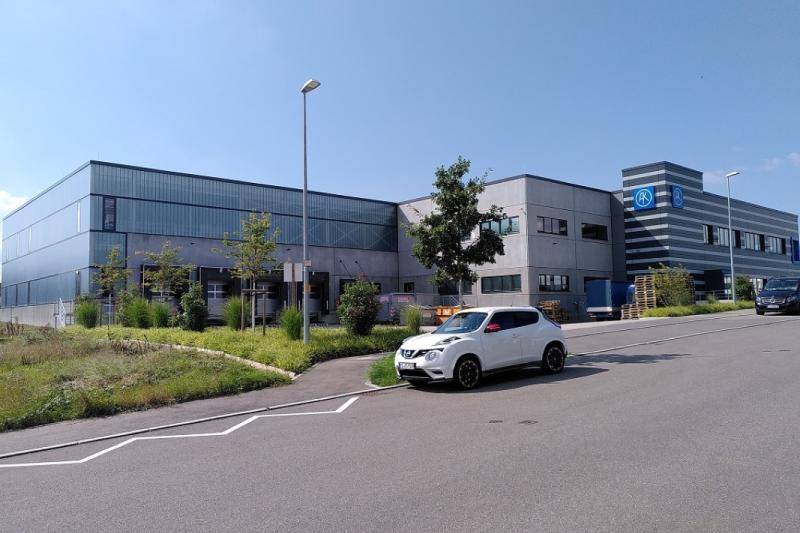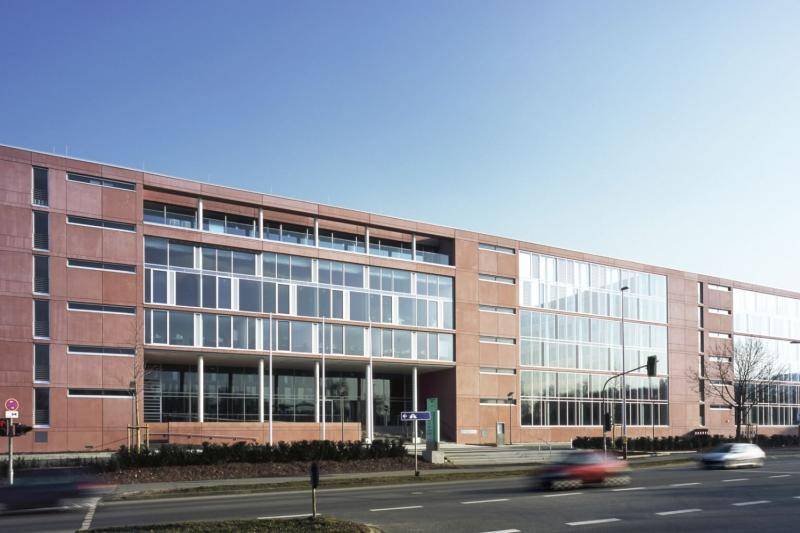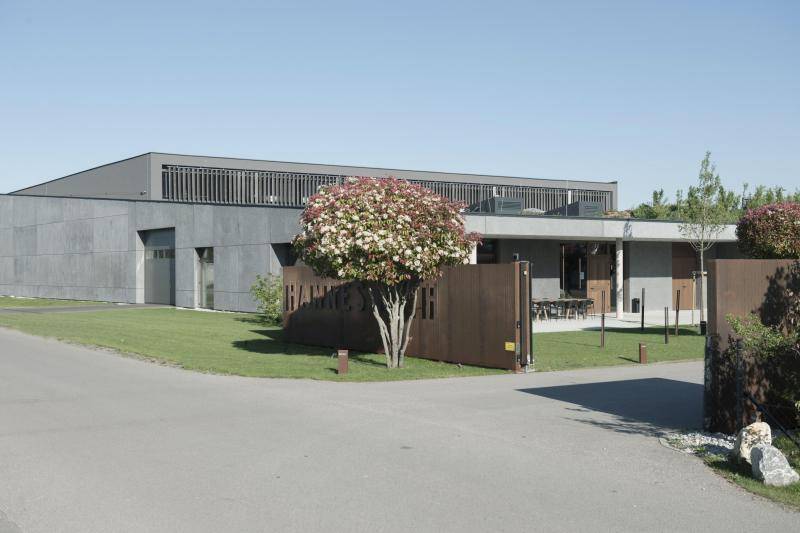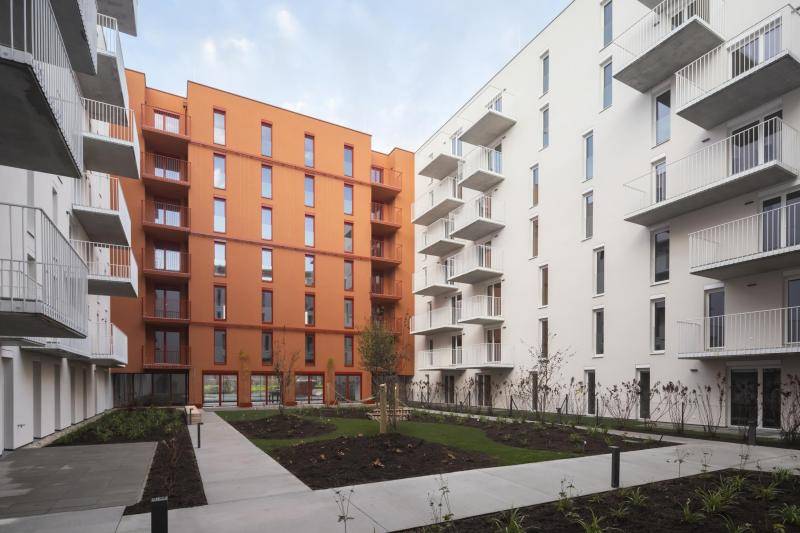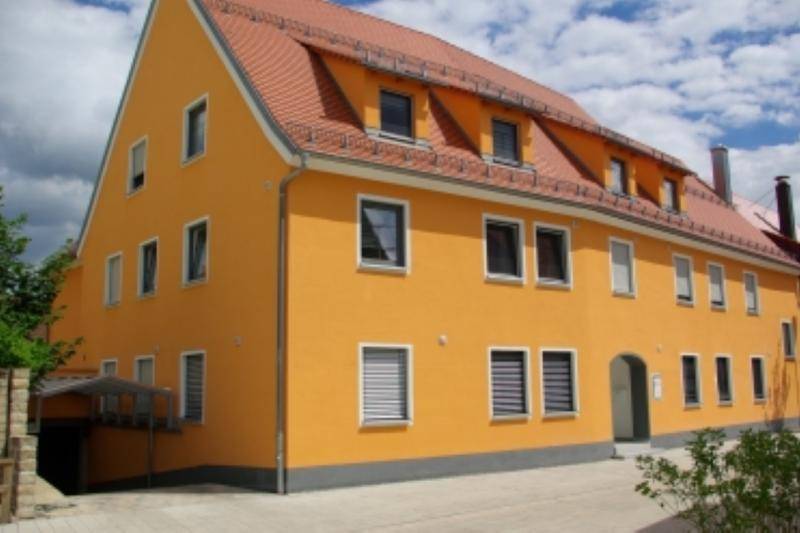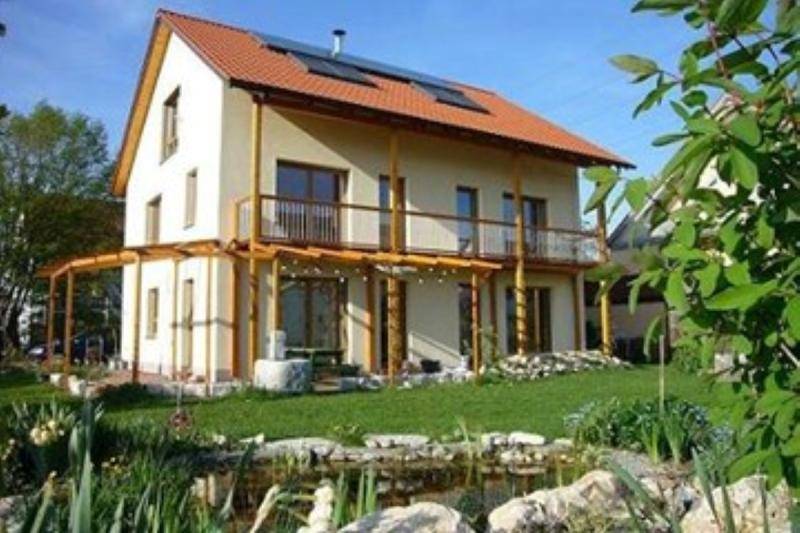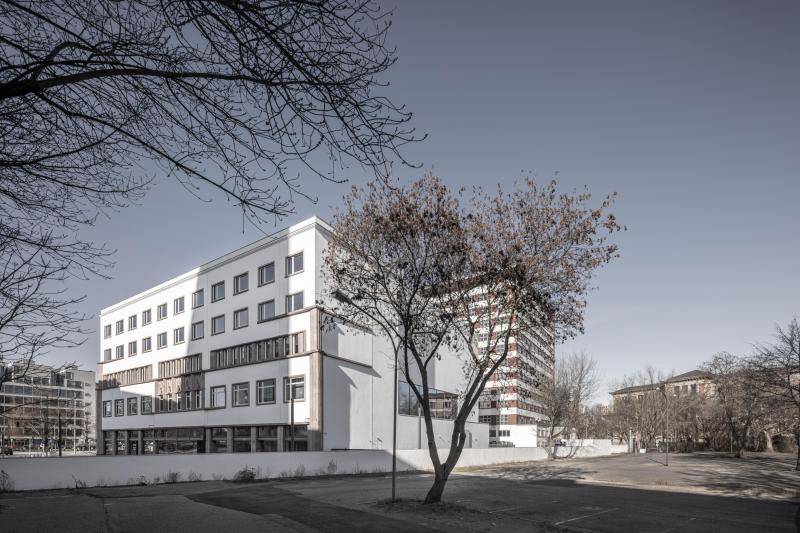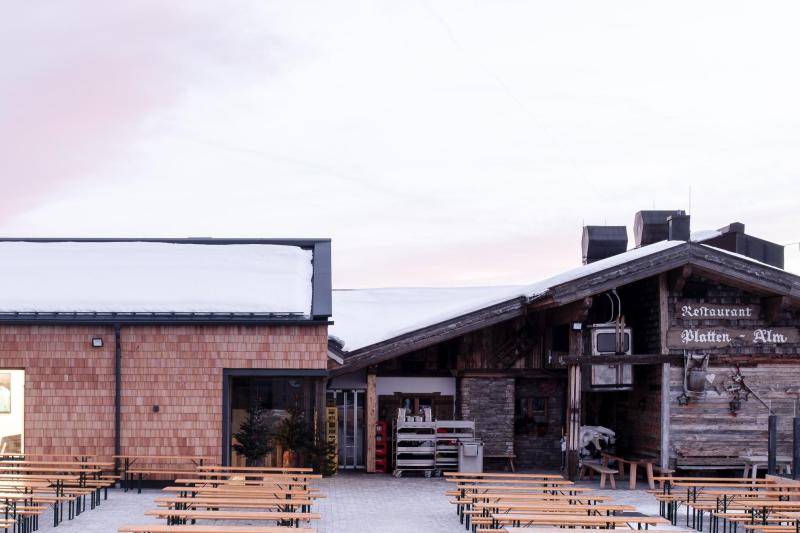Education campus Heidemarie Lex-Nalis
The campus is an integrated educational institution for children from 0-10 years (in the area of social education up to 16 years), with 12 groups of kindergarten, 17 classrooms of all-day elementary school and four special education rooms.
It combines infant groups, kindergarten, elementary school education rooms and special education classrooms. In addition to the educational areas, there is a standard gymnasium, a gymnastics room, an event hall and creative rooms. The room program is supplemented by administrative rooms, therapy rooms, facilities for all-day care (catering) and outdoor exercise and play areas.
City of Vienna
2023
Structural engineering: KS Ingenieure
Building services: teamgmi
Building physics: IBO
Fire protection: Hoyer Brandschutz
Landscape architecture: outside< landschaftsarchitektur
Electrical engineering: Kubik Project
Lighting design: Pokorny Lichtarchitektur
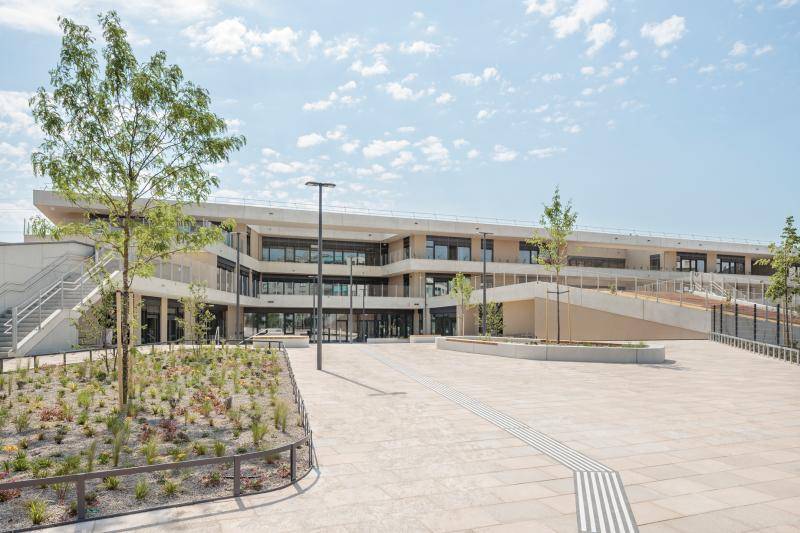
The educational campus is a showcase project in terms of energy efficiency and the use of renewable energies on site. Heating and cooling needs of the thermal activated building are covered entirely on site by groundwater, geothermal probes and photovoltaics. Electricity needs are partially covered. Areas for the expansion of photovoltaics are available.
The diverse green connections along and across the building and also through the building make the building a continuous "play hill", in which the children can be offered a maximum of movement possibilities.
The educational spaces are oriented towards the "floodplain forest" and the play areas in front of it. Three "landing bridges" provide direct access to the ground-level garden. The short distances allow the children to spend even short breaks outdoors.
The concept envisages a closed core zone, while the educational spaces towards the areas have glass skylights, thus improving both the openness and light openness as well as the illumination of the interior zones. In this way a clear structure is created in the building, which facilitates orientation. In the educational areas, wooden floors and walls form the predominant material, and colors are deliberately used sparingly.
The multifunctional areas are generously and clearly organized. Mobile room dividers are used to separate the areas from the corridors. Additional shelves as storage space as well as walls for presentations are also available.
(Text: POS-Architects; in shortened form)
